12 Helpful Tips For Driving in Death Valley National Park
Death Valley National Park is a unique national park and one of the best road trips from Las Vegas. But, it doesn’t come without challenges. This one-of-a-kind park contains more roads than any other national park, is the second largest park in the lower 48 and it’s the hottest place in North America.
Just driving through it can present problems if you don’t know what to expect. Add in the remoteness of the area and you can see why it’s so important to be prepared for anything.
As someone who’s driven all over the southwest, I’m sharing my best Death Valley National Park driving tips. So, if you are an east coaster like me, take note, because this environment is definitely different from back home.
Note: Death Valley National Park suffered major damage in August of 2023 when they received a year’s worth of rainfall in several hours. Secondary roads were washed away and Highway 190, the main route through the park was damaged. The park is open but some roads are closed. Check nps.gov/deva for updates and Caltrans for current conditions.
This post contains affiliate links. That means I may earn a commission, at no cost to you, if you book or buy something from a link I share. This keeps Southerner Says online and on the road. Thank you for your support.
Driving in Death Valley National Park
Hugging the Nevada and California border, Death Valley National Park is known for its extreme conditions, its aridity and stark desert landscapes. Temperatures can easily reach 130 degrees Fahrenheit. The annual rainfall average is less than two inches and when it rains more than that, problems can arise.
Despite its harsh conditions, Death Valley National Park is a popular destination for outdoor enthusiasts. Besides hiking, camping and the usual park activities, there are plenty of special things to do in Death Valley with its interesting historical sites, geological formations and desert ecosystems.
Visiting Death Valley National Park can be an memorable experience if you know what to expect, plan carefully and take proper precautions to avoid any issues. This list contains a few ways to ensure your experience is a positive one when driving in Death Valley.
1. Check the Weather
Death Valley can experience extreme weather any time of the year. That includes flash floods and even an occasional snow. Both of which can impact road conditions and travel safety. Checking the weather forecast and road conditions before you consider driving in Death Valley National Park is crucial.
Also, just because you’re in a generally dry region with not much rainfall, that doesn’t mean storms and big rains can’t happen. In the summer of 2022 and 2023, Death Valley National Park, and a few other desert parks, experienced unprecedented flooding due to rain and the remnants of a hurricane.
Entire roads were washed away and people stuck in the park with no way out. Cars were even washed away. Even though many desert areas are prone to flash floods and pop-up thunderstorms during monsoon, in late summer, it’s equally important to keep an eye on the weather any time of the year.
You can use your favorite weather app to stay informed (If you have cellular service. More on that later) or simply stop by the visitor center to inquire about current weather conditions before you head off into the park.
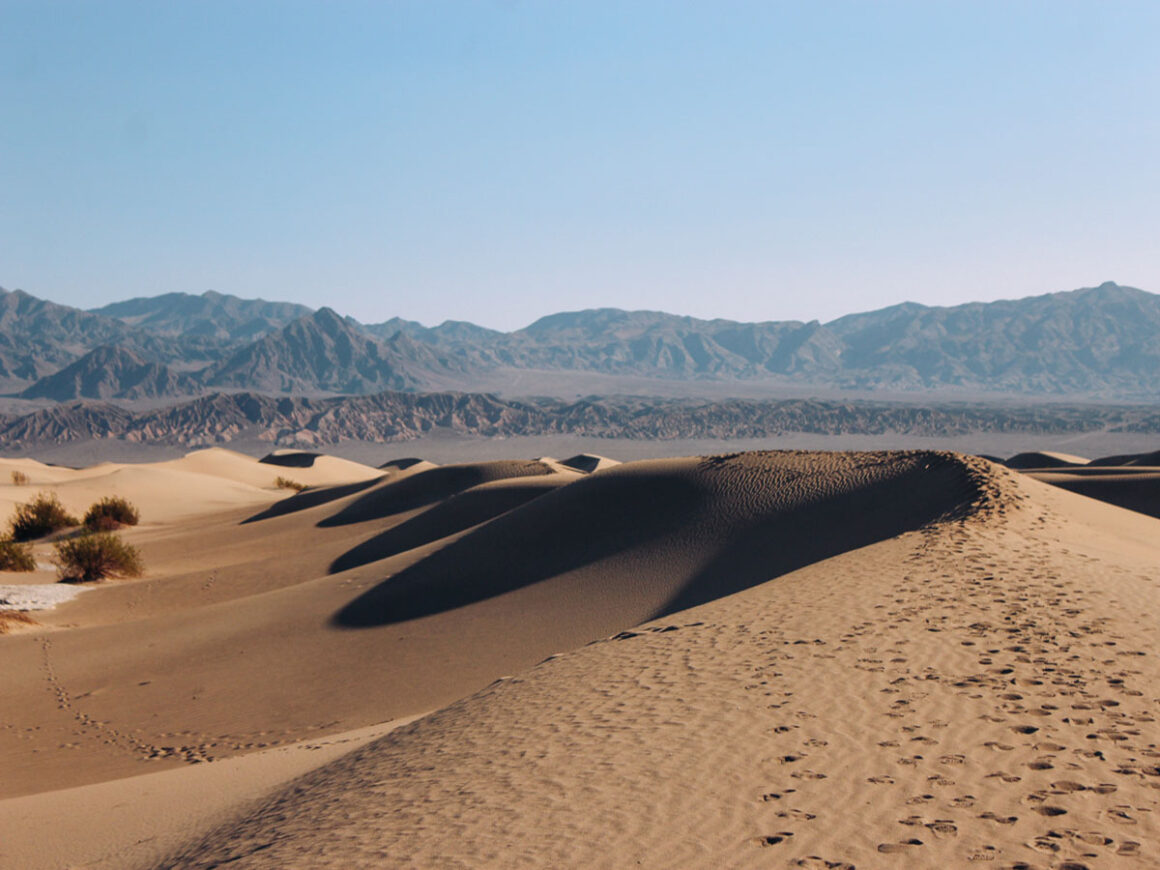
2. Make Sure Your Vehicle is in Good Condition
That hot, dry air in Death Valley National can potentially have a pretty big impact on your vehicle’s performance. You’ll even see signs in a few areas of the park warning drivers to turn off the car’s air conditioner so that it doesn’t overheat.
Because of these extreme conditions that your car probably isn’t used to, it’s critical that your vehicle is in tip-top shape. Generally, you’ll want to check the fluids and tires on your vehicle before you start on a road trip but especially when driving in an environment like Death Valley.
Tires are especially need to be in good repair because of the hot pavement and the gravel roads you’ll find throughout Death Valley National Park. You should also verify the spare tire is a good one and that you have all the necessary tools to change a tire in case of a flat.
Other must-have tools to have on hand are a tire gauge, fix-a-flat and plenty of water – in addition to your drinking water – just in case your vehicle overheats. It’s also a good idea to have jumper cables. Not only for your safety but to help a fellow traveler out. One of the more useful products I’ve found lately is this jumpbox that can start a vehicle and air up a tire.
3. Pick Up a Death Valley Map
Since Death Valley National Park has so many miles of roads, navigating the park can be extremely challenging. If you don’t want to get stuck on a road that you shouldn’t be on, then pick-up a map at the visitor center or at one of the entrance kiosks. It will make driving in Death Valley so much easier.
The National Park Service updates their maps frequently. Plus, the maps have legends describing the different road types found in the park. They are divided into paved roads, unpaved roads, high clearance only roads and 4 wheel drive only roads.
The park service has also designed a backcountry road map with suggestions about dispersed camping in the remote areas of the park. If you plan on off-roading, then it’s also not a bad idea to have a large, laminated area map like this National Geographic version.
Would you rather just let someone else do the driving in Death Valley National Park? If you are in the Las Vegas area, you can book a tour that will take you to all the highlights and most popular spots in the park. This 5 star rated tour offers transportation, a guide and covers entrance fees.
4. GPS Might be Unreliable
So many people rely on GPS nowadays to get around. I’m one of them but using GPS navigate places like Death Valley isn’t the best idea. The reason being that in many remote areas, GPS relies largely on maps for their data. Companies like TomTom and NavTeq use that data for GPS components.
Over the years, multitudes of mining companies have cut and made roads through Death Valley and the desert. Many of those roads are now impassable. But if they appear on a map, without someone actually verifying the condition of the road, the GPS company might not know that.
If they use maps that aren’t up-to-date, then the GPS directions could be incorrect. One wrong turn and you could potentially end up somewhere you can’t get out of. I know it sounds kind of crazy but it has happened. Unfortunately, there have been a few search and rescues and sadly, even a death, because someone relied on GPS directions.
Currently, the park service works closely with these GPS companies to make sure that the info they provide is accurate. But with of those roads, that’s a lot of info and verifying and why ultimately, it’s important to use a physical map if you plan on driving any back roads in Death Valley.
5. Drive Defensively and Carefully
The roads in Death Valley can be narrow and winding, with steep drop-offs, blind curves and limited visibility in some places. Even blowing sand and other conditions can affect driving in Death Valley National Park.
It’s important to pay attention, drive defensively and be aware of your surroundings at all times. The park is home to a variety of wildlife, including coyotes, desert bighorn sheep and snakes. Watch for wildlife on the roads and drive cautiously, particularly at dawn and dusk.
6. Fuel Up Often When Driving in Death Valley
The availability of gas stations in the west might be a little different than what you are used to where you live. Since they are fewer and far between, it’s always a good idea to top off your tank frequently. Running out of gas is one of the mistakes you definitely want to avoid on a road trip.
When driving in Death Valley National Park, it’s smart to gas up before you get to the park but since you’ll be doing a lot of driving once there, it’s good to know that there are gas stations in the park at Furnace Creek, Stovepipe Wells and Panamint Springs. Just be prepared to pay more per gallon.
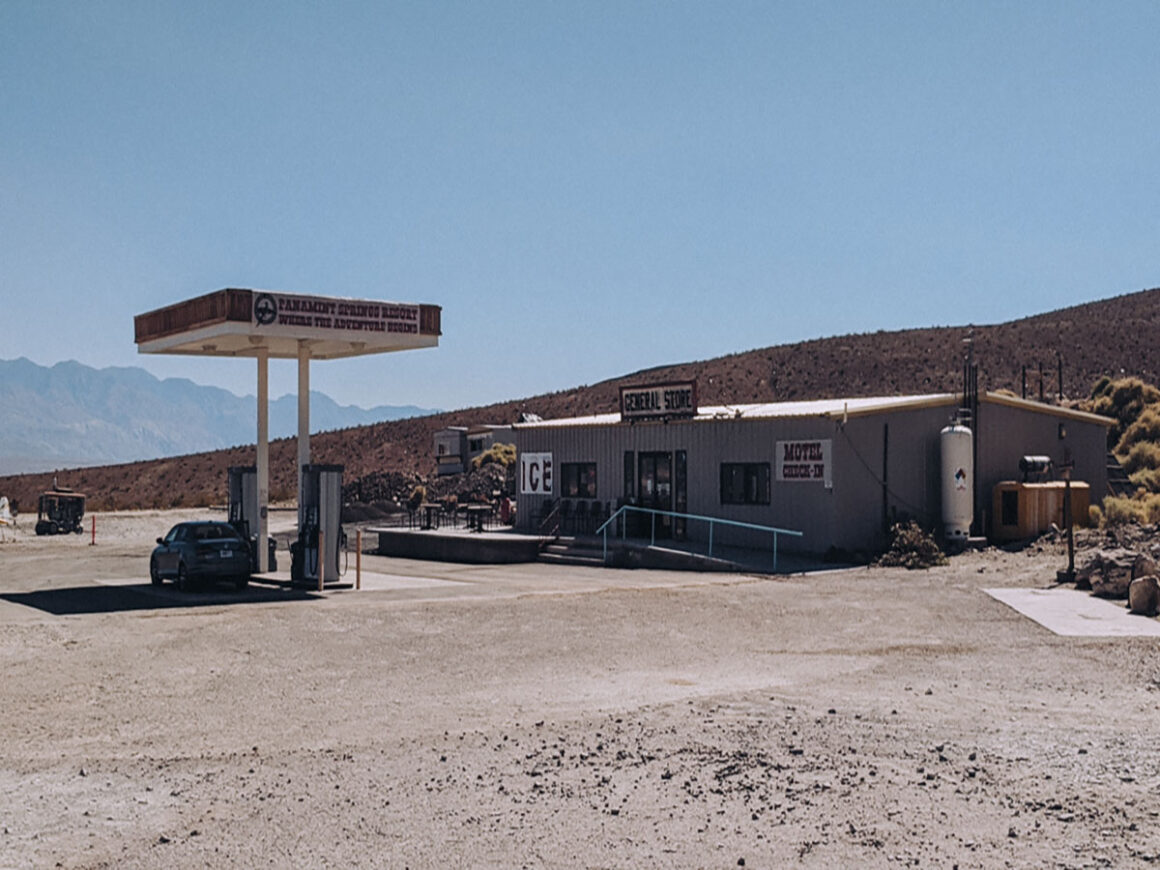
7. Let Someone Know Your Plans
When traveling in remote areas and driving in Death Valley, where there just aren’t that many people around, it’s important to let someone, a family member, a friend or even a ranger, know your plans. Especially if it includes unpaved roads.
You can ensure your safety in Death Valley by sharing your trip details such as routes and expected duration with someone and then, check in as often as you can. This provides peace of mind for you and people at home.
8. Have an Emergency Kit
It’s important to be prepared for anything when you road trip and visit national parks. Especially remote, hot parks like Death Valley National Park. An emergency kit that can get you through a few hours or a night or two is absolutely necessary to have on hand.
It doesn’t have to be anything fancy or complicated. What’s important is that it keep you comfortable and alive long enough for help to arrive.
Pre-made emergency kits that come with packaged food, like MRE’s, and other medical necessities can be bought online or you can easily make one up yourself. Some items that you definitely want to pack are water, food and something to keep you warm while you wait for help to arrive.
To have plenty of water, a gallon a day for each person in your party is what recommended. These refillable water cubes, or this collapsible version, are both good solutions for storing the extra you need to carry around with you. I also like these bags because you can freeze them.
9. Stay on the Established Roads
With so many enticing, unpaved roads in Death Valley, visitors with passenger cars might be tempted to attempt driving on them. But if you aren’t fully equipped for those conditions then you might just be setting yourself up for a expensive tow bill. Most of the long, unpaved roads to remote areas are designed for high-clearance and 4-wheel drive vehicles only.
It’s best to avoid driving off-road in Death Valley National Park in a car. The terrain in some places is rugged and can damage not only your vehicle but the fragile desert environment if you don’t know what you are doing. Getting acquainted with the National Park Services’s map, with its road legends, is a huge help. Plus, you can always ask a ranger if you’re unsure about taking your car on a questionable road.
If the lure of the unpaved road proves to be too strong, you can always rent a jeep in the Furnace Creek area of the park. But honestly, in the hottest summer months, when you could be in for a long wait if you need help, it’s best to just stay on the paved roads or unpaved roads that are known to be safe.
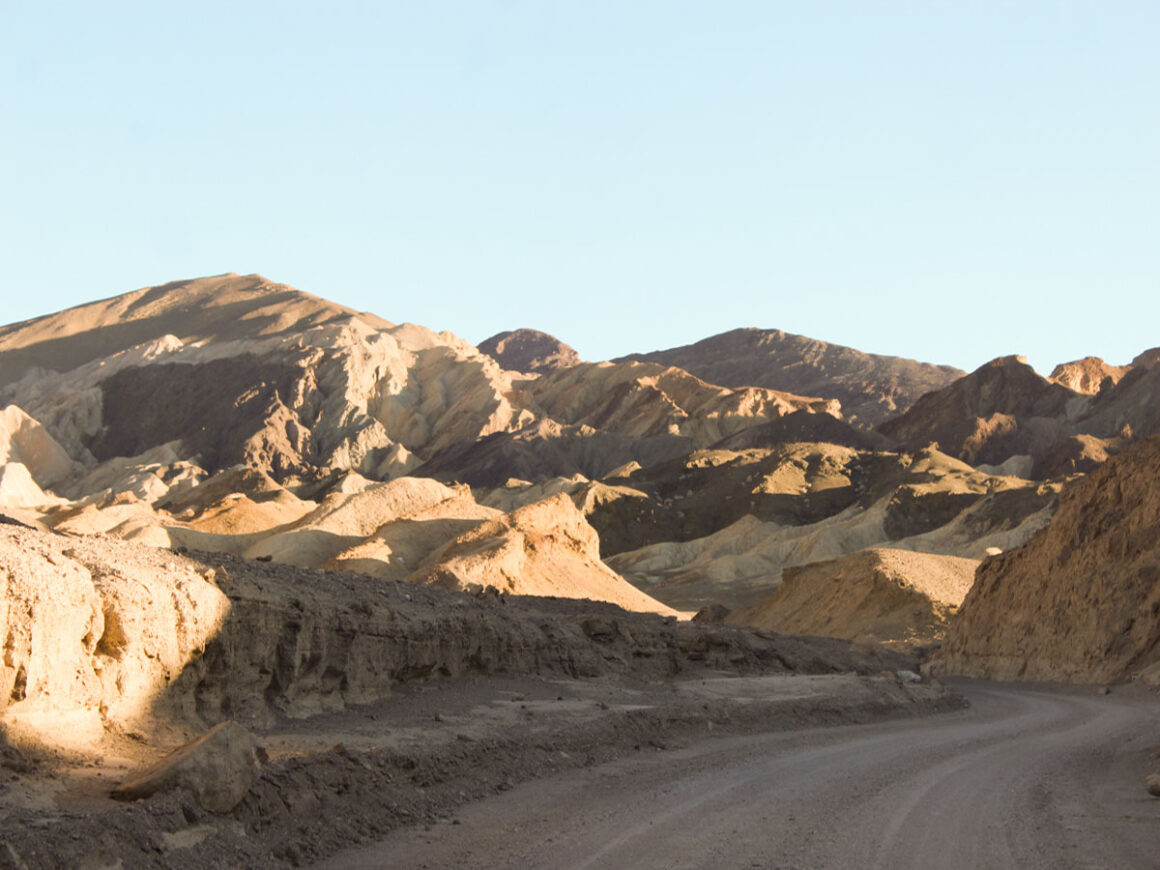
10. Don’t Leave Your Car if You Have Trouble
Unless you’re traveling on Highway 190 the entire time, there isn’t much cellular service in Death Valley National Park. So if you do happen to have car trouble, or an accident, you might not be able to contact anyone. It’s possible you’ll have to wait until a someone, or a ranger, comes along.
In this scenario, the National Park Service recommends staying with your vehicle until assistance arrives. That way at least you’re in a relatively safe spot until that can help comes. Waiting and being equipped to handle anything is why it’s so important to have an emergency kit with you.
11. Upgrade to a Satellite Phone
Because of the lack of cell service in Death Valley National Park, and other parks, for added safety, frequent road trippers, or travelers, might want to consider upgrading to satellite technology that can be used to make calls, or send texts, in case of emergencies.
As long as they aren’t restricted, satellite phones can be used anywhere in the world. Here’s a round-up of the best models for 2024. If you aren’t ready to spend that kind of money, consider investing in a Zoleo text message and email communicator. It has a 4.5 star rating on Amazon and I’ve read really good things about it.
12. Leave No Trace
No matter the park or public lands you’re visiting, or driving in, always use Leave No Trace principles. “LNT” is an outdoor ethics program that encourages people to enjoy the outdoors in a way that minimizes the impact on the environment.
This means being conscious of how you drive and where you drive. Use only marked roads and don’t pull off just anywhere. People seem to think that since the desert appears to be barren, it doesn’t matter what they do to it.
This is absolutely wrong. The desert is an important part of our ecosystem and although it may look harsh, it’s actually very delicate. Damage can take years to rehabilitate. Leave No Trace program’s principles are encourages leaving nature as we find to preserve it for future generations. I know we all want that.
How to Get to Death Valley National Park
With three main entrances, Death Valley National Park is is easily accessible California in the west or Nevada on the eastern side of the park. Most people coming north on Highway 395, on the western side of the park, turn at Olancha and enter the park near Panamint Springs.
Coming from Las Vegas, there are a couple of routes to the eastern entrances. One way is to drive Nevada Highway 160 to Pahrump towards Death Valley Junction and then Highway 190 into the park.
Or drive Highway 95 northwest from Las Vegas to Beatty, Nevada, aka the Gateway to Death Valley. Beatty is also a great place to overnight if you don’t want to stay in the park.
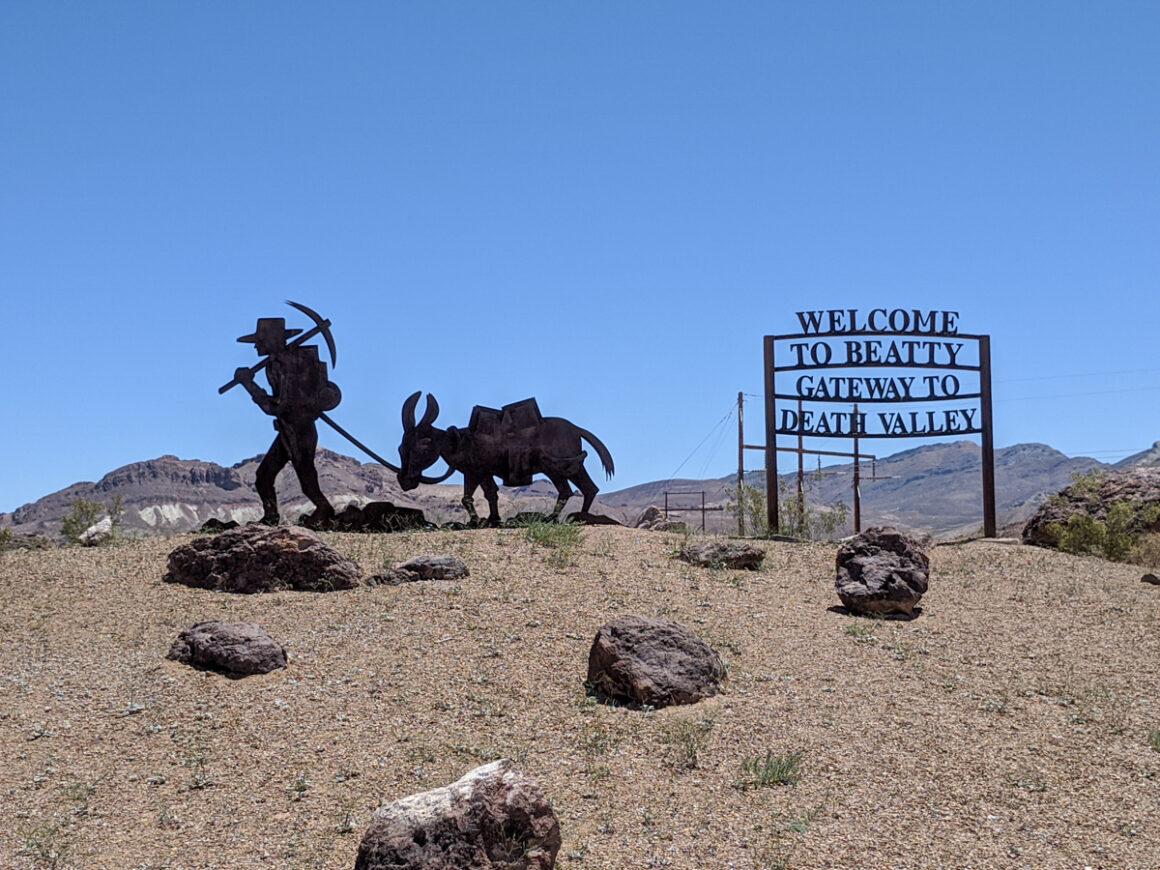
Driving in Death Valley FAQ
Is it okay to drive through Death Valley?
Yes definitely! Hwy 190 passes through the park east to west and is the Death Valley Scenic Byway. It begins approximately 13 miles west of Death Valley Junction on Highway 190 at the entrance to Death Valley National Park. The end if the byway is the western boundary of the park. Of course, you can also drive it west to east.
How much does it cost to enter Death Valley?
It’s $30 USD for cars to enter Death Valley National Park or $15 for motorcycles. An annual pass is $55 USD. Entrance is free with an America the Beautiful pass. Find out more about this super useful purchase and how it can save you money at over 2k other public lands.
Do you need all wheel drive to drive in Death Valley National Park?
No. Even though Death Valley National Park has a high number of unpaved and gravel roads, there are plenty of road and experiences for regular passenger cars. The National Park Service’s map has a road legend to help you know which roads to avoid.
Tips for Driving in Death Valley
Besides all the helpful information and tips for navigating the park available from the park service at nps.gov, I highly recommend picking up a guidebook about the park. Moon books have always been my go-to guidebooks for national parks and other destinations and this Death Valley National Park version highlighting hiking and scenic drives is a must for all visitors.
I hope you enjoy your time visiting Death Valley National Park and find it to be as fascinating as I do. It’s a park that everyone should visit at least once but I suspect after one visit, it will leave you wanting more.
See you on the road!


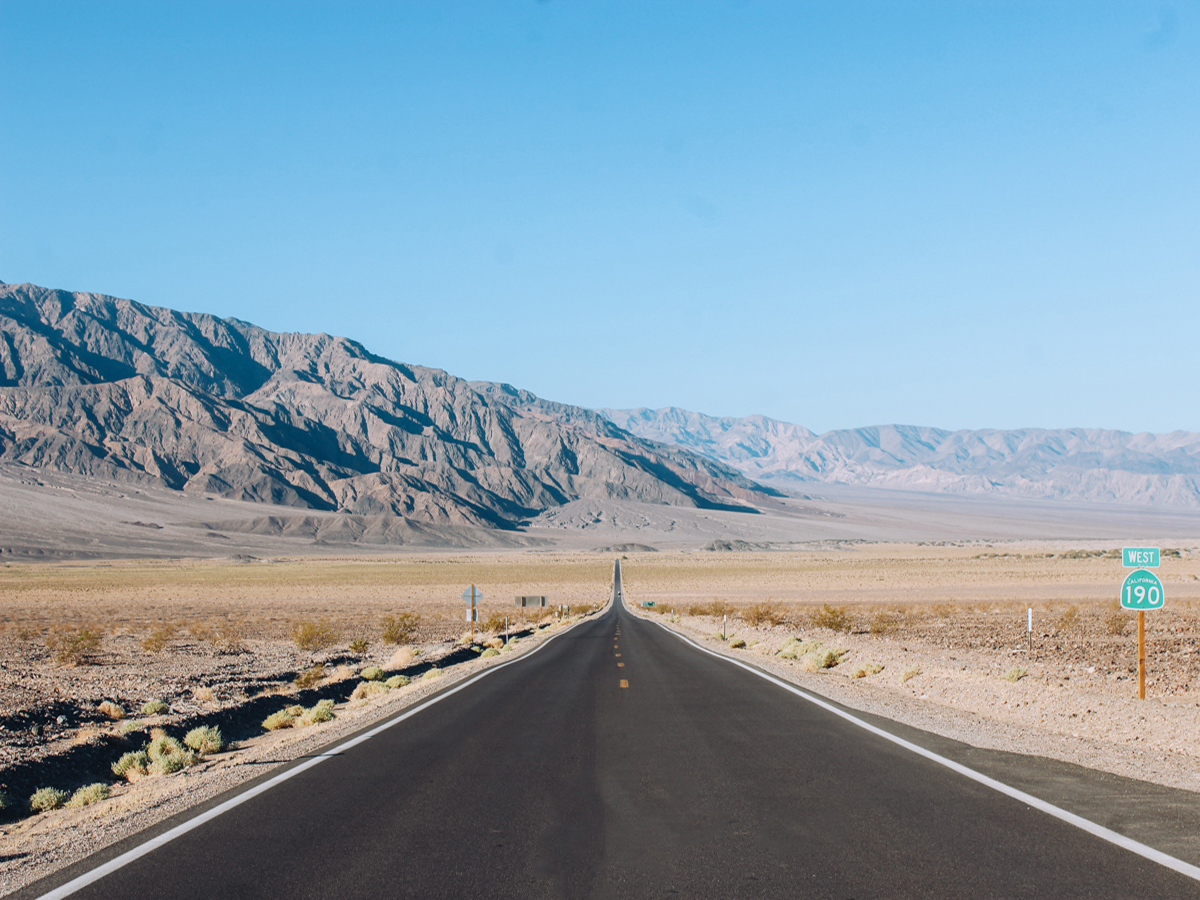

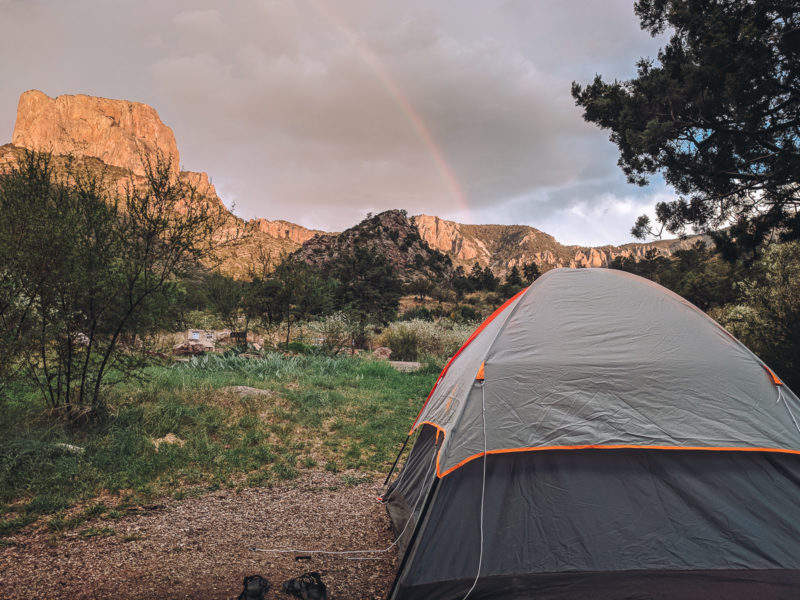
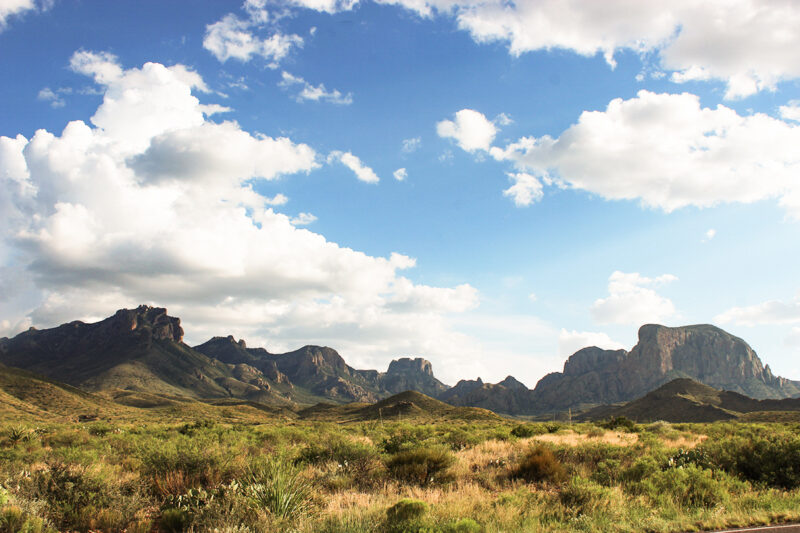

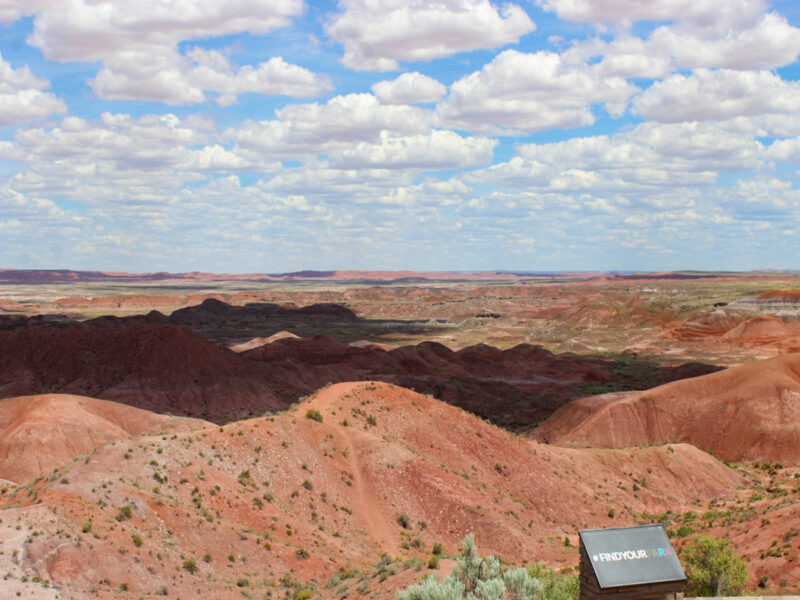
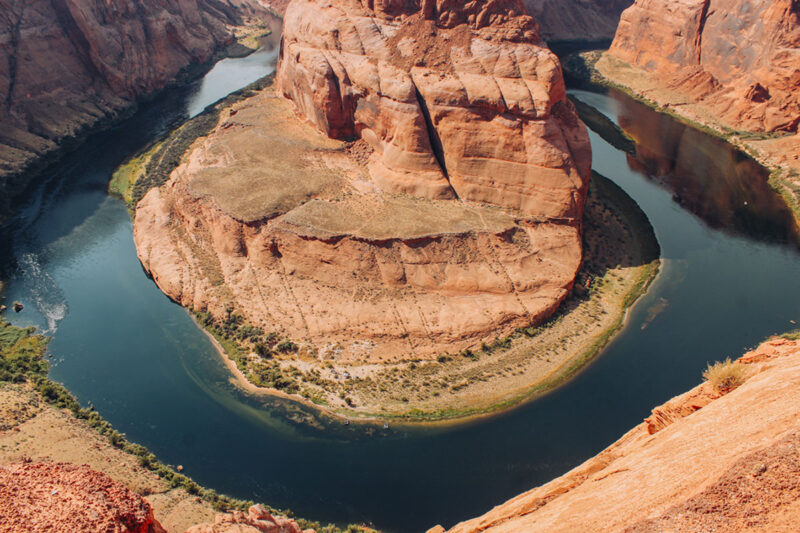
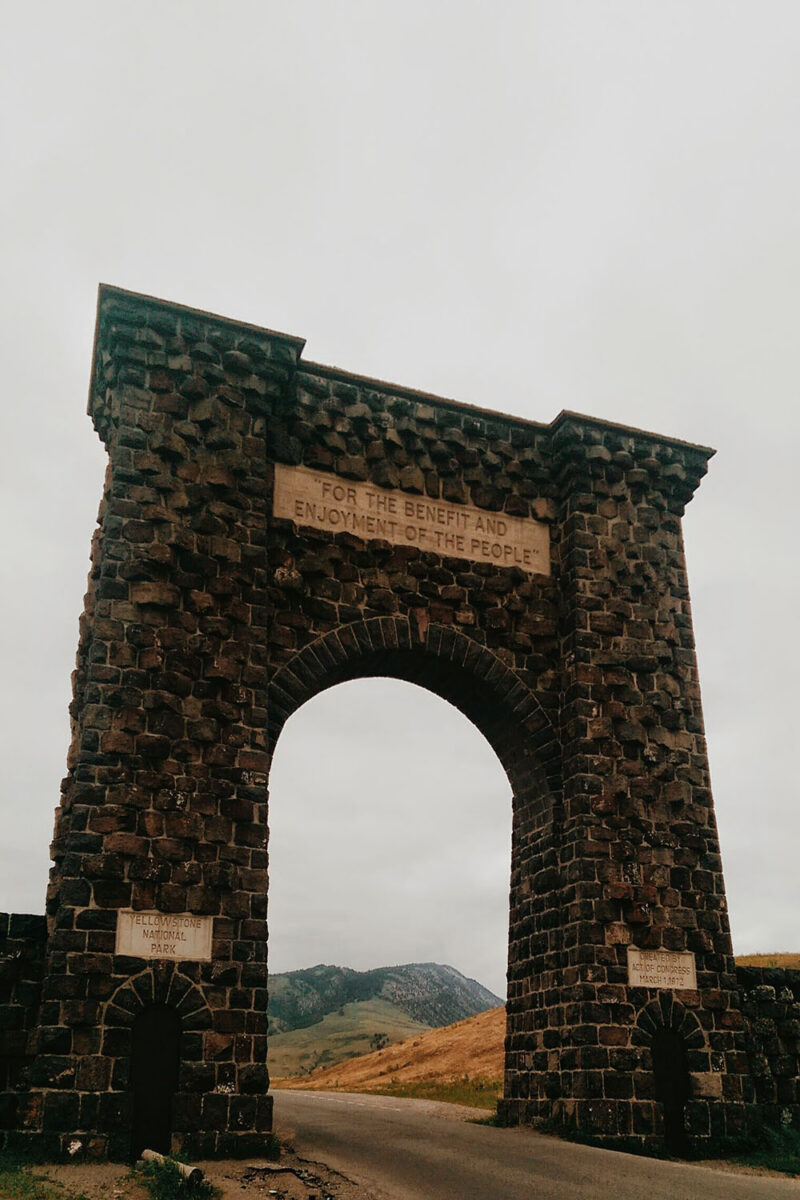
I’m paranoid. I’d also carry a large cooler filled with ice or even better frozen water bottles.
That’s a good tip! I definitely think the water bottles would be better. Thank you!